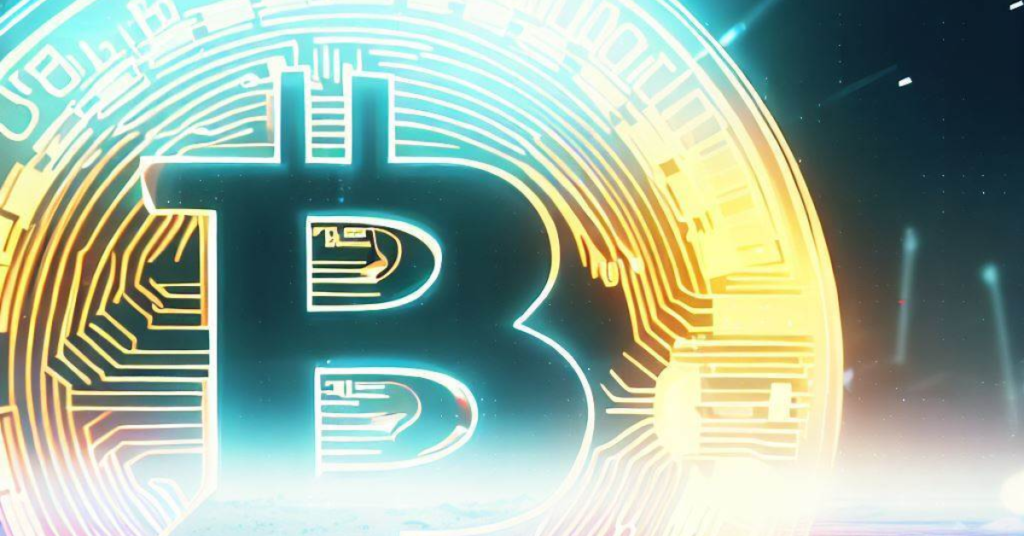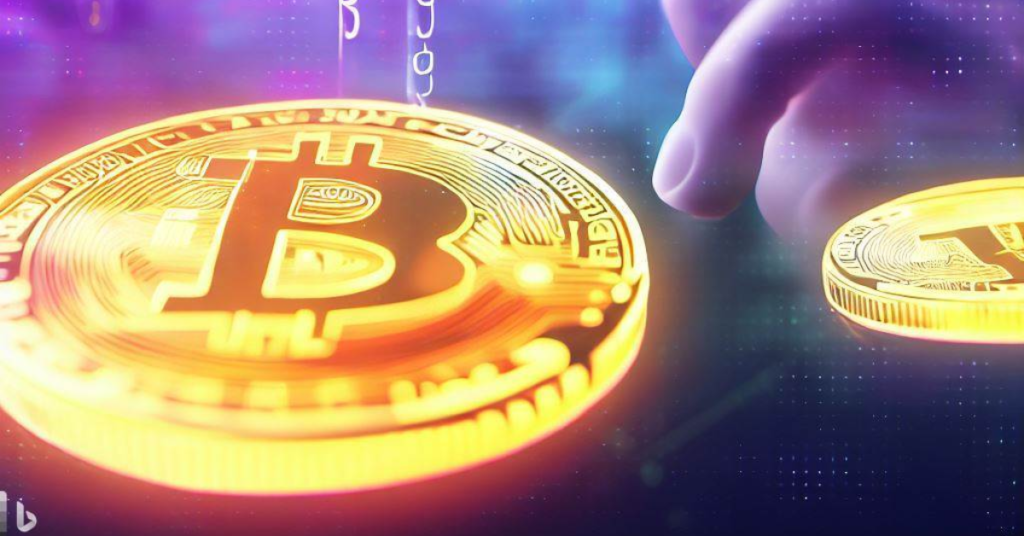The promise of cryptocurrencies is that they would provide global access to money and payments for everyone, wherever they may be.
The Decentralized Finance (DeFi) or Open Finance movement expands on that promise. Consider a worldwide, open alternative to every financial service you now use — savings, loans, trading, insurance, and more — that is available to anybody in the world with a smartphone and an internet connection.
DeFi is a cryptocurrency industrial sector that focuses on offering decentralized financial services. It is made up of a variety of financial services provided by developers that anybody may use. These services differ from centralized alternatives in that they are managed by groups of people through decentralized organizations and provide consumers more control over their finances.
Every week, new decentralized and non-custodial financial services are launched to the DeFi industry, which is a hub of innovation. These services are available to everyone, wherever in the globe.
Let’s start at the basics…
What is Defi?
So, what exactly is this expanding and flourishing word known as DeFi? Isn’t crypto finance, in general, decentralized? In a way, The Decentralization movement refers to a type of financial product that prioritizes decentralization and employs profitable incentive systems to entice investors to participate.
The decentralized finance industry is made up of a wide range of non-custodial financial products that are based on a culture of highly-experimental, highly-profitable crypto initiatives that have attracted the attention of leading businesses and venture capitalists—as well as quite a few con artists.
Decentralized finance is a simplified definition of DeFi. This is a financial application ecosystem built on blockchain technology. Unlike the traditional financial environment, the DeFi area is devoid of any central authority.
DeFi, on the other hand, uses a peer-to-peer network to create decentralized applications that allow anyone to connect and manage their assets regardless of their location or status. DeFi’s goal is to ensure that individuals from all around the world have access to open-source, transparent, and permissionless financial services.
Smart contracts underpin the decentralized finance ecosystem. Smart contracts are self-executing and do not require the intervention of a third party. DeFi had its beginnings on the Ethereum network. As a result, it is not surprising that the majority of DeFi protocols are based on the Ethereum blockchain.

How does DeFi work?
Aave, Maker, and Compound are three of the most popular projects. These are technologies that let you to borrow cryptocurrency instantly—and frequently in big quantities if you can demonstrate your ability to repay the loan in a single transaction. You may also make money by lending out cryptocurrency.
Then there is Uniswap, a decentralized exchange that enables you to trade any Ethereum-based token you choose or to make money by boosting the market’s liquidity. Synthetic assets, such as the tokenized equities from Synthetix or the decentralized stablecoin DAI from Maker, are another focus of DeFi. These assets’ values are decided algorithmically by the protocol. Other services, for example, non-custodially migrate Bitcoin to Ethereum or provide decentralized price oracles, which, among other things, allow synthetic assets to correctly peg themselves to their non-synthetic counterparts.
With DeFi protocols, you always maintain control over your cryptocurrency. The creators of these protocols vote themselves out of power as soon as possible and let the users vote on the future of the network. Many of these lending protocols offer crazy interest rates, bumped up even higher by the phenomenon of yield farming.
Understanding Debt Consolidation Lending
On the DeFi platform, a borrower can take a loan, allowing the lender to earn interests once the loan is returned. The lending process is executed from the start till the finish without intermediaries. A coin holder sends the tokens they intend to lend into a pool using a smart contract. Afterward, the smart contract issues tokens that are doled out automatically to the lender.
Almost all loans made using native tokens are collateralized. This implies that customers who want to borrow money must give a guarantee. Unlike the centralized banking system, however, the guarantee in the DeFi space is in the form of cryptocurrencies worth more than the loan itself.
On paper, this concept may appear nonsensical because the borrower might potentially sell their assets to create the funds in the first place. DeFi borrowing, on the other hand, makes sense for a variety of reasons.
For starters, the users may want cash to cover unanticipated bills and may not intend to sell their holdings since they feel the assets will improve in value in the future. Furthermore, users can dodge or postpone paying capital gains taxes on their cryptocurrencies by borrowing money using DeFi protocols. Individuals can also utilize the monies borrowed through the DeFi protocols to boost their leverage on certain trading situations.

Buying crypto
Almost all loans provided using native tokens are collateralized. This implies that customers who want to borrow money will have to submit a guarantee. However, unlike the centralized banking system, the guarantee in the DeFi space is in the form of cryptocurrencies that are worth more than the loan itself.
On paper, this concept may appear ludicrous, given the borrower might conceivably sell their assets to create the funds in the first place. However, there are various reasons why DeFi borrowing makes sense.
After buying funds on a centralized exchange, you need to move them to a wallet that supports that network. It’s important to avoid moving funds to the wrong network, so before withdrawing, make sure you are using the correct network. DeFi applications are built on top of networks and each network has its own native tokens. These native tokens are used to pay for transactions on these blockchains.
Lending
DeFi protocols aim to make it simple to lend and borrow cryptocurrency directly from one another. Interest rates are determined by supply and demand and hence fluctuate over time. Most regulations require borrowers to overcollateralize their loans in order to ensure that lenders are reimbursed in the event of market instability.
Assume a user need $1,000 to meet a short-term obligation. They may be compelled to sell their Bitcoin or Ethereum assets if DeFi is not available. They can use DeFi lending services to deposit, for example, $1,500 in BTC into a protocol to obtain a $1,000 loan in a stablecoin. They may satisfy their obligations without losing exposure to BTC, and then simply refund the loan with interest.
The DeFi protocol’s smart contracts will liquidate the coins to repay the loan if the value of their collateral falls to $1,000 due to a decline in the price of Bitcoin. If the price of Bitcoin rises while the loan is being repaid, the action was justifiable because the user did not lose exposure.

What exactly are DeFi services?
To start using a wallet compatible with DeFi protocols, all you need to do is head over to the website of these protocols and connect your wallet to them. The simplest actions would be to either trade using a decentralized exchange (DEX) or lend funds using a lending protocol.
Connecting your wallet is comparable to “logging in” to the service using your account — in this case, your wallet address. There are hundreds of possibilities out there, so instead of individually going over every project, here’s an overview of which products and services are available to use and what you should consider before using them.
How to Begin Using DeFi
If you want to use DeFi, you’ll have to buy the relevant coin for the DeFi protocol you plan to use. Right now, most DeFi protocols live on Ethereum, so you’ll need to buy ETH or an ERC-20 coin to use them.
There are innumerable ways to do so. First, get a wallet that supports Ether and can connect to DeFi through your browser. MetaMask is a common choice.
You could become a “yield farmer” by earning the governance tokens that are awarded for lending out your cryptocurrencies. More information on potential profits from yield farming can be found on sites like yieldfarming.info and yearn.finance, which lists them in one simple place.
A second strategy is to invest in a decentralized exchange, such as Uniswap, and earn fees by becoming a market maker. You may invest in a decentralized exchange like Uniswap and earn fees by becoming a market maker. You may also put them into the contentious SushiSwap, which enables you to earn yield-farming tokens for conducting market trades.
Money, whose token price “rebases” daily, skewing the price of the token, or the popular variety of volatile meme coins.
Third, you may invest in one of the more extreme DeFi projects, such as Based.Money, whose token price “rebases” everyday, skewing the price of the token, or one of the popular volatile meme currencies, such as $YAM, $TENDIES, $KIMCHI, $SHRIMP, and so on.
But bear in mind that the place is fraught with dangers, scams, and mistakes. Fraudsters, exit scammers, and “rug pullers” abound in the cryptocurrency field. People frequently identify flaws in smart contracts that indicate how the token creators have complete control. This is a very experimental and hazardous area of cryptography.
Using DeFi to make your cryptocurrency work for you
While there are multiple goods and services in DeFi, the sector is highly linked and composable, which means that elaborate tactics to boost yields are conceivable, but a fault in one protocol might result in losses in another.
However, the fundamental advantage of adopting DeFi is that there are no trusted third parties. Because most DeFi protocols are operated by decentralized autonomous organizations (DAOs) rather than centralized enterprises, anybody may inspect the code contained in the smart contracts used by these protocols.
Before venturing into space, potential users should be aware of a few services provided by the DeFi ecosystem.































